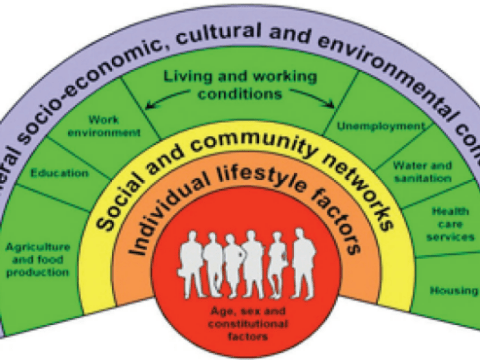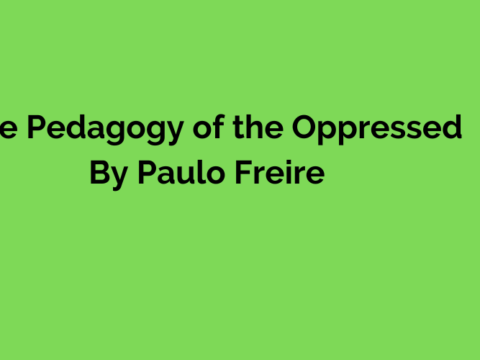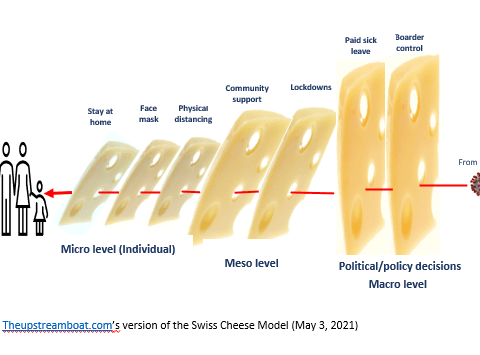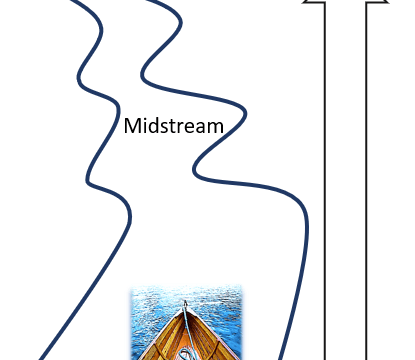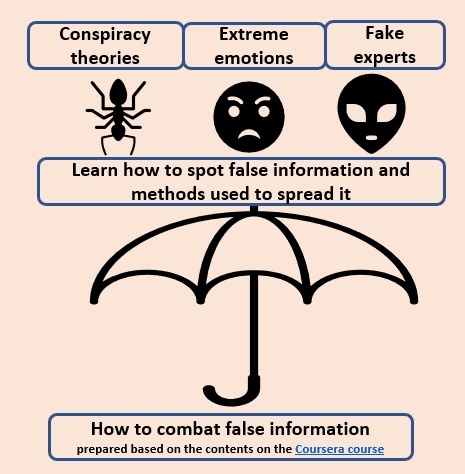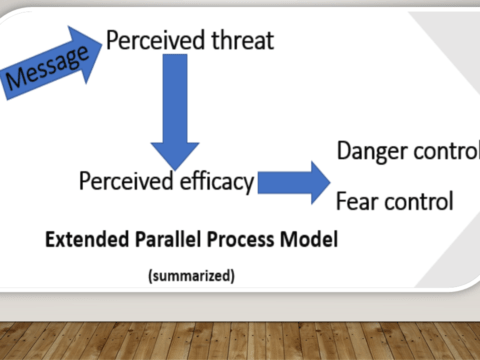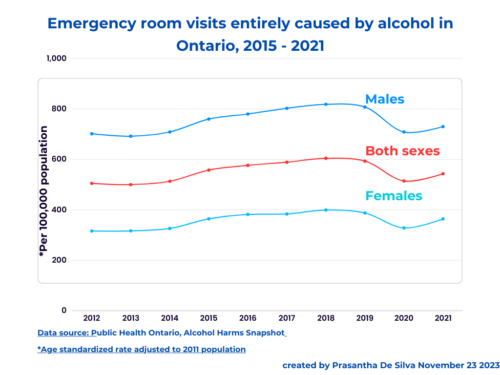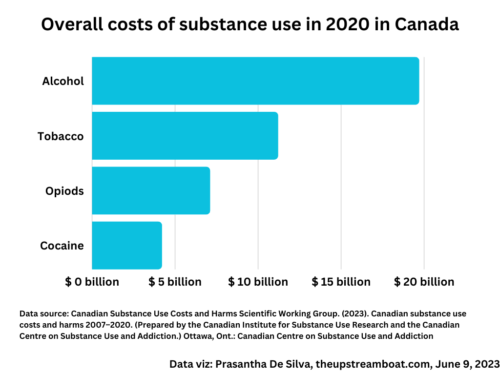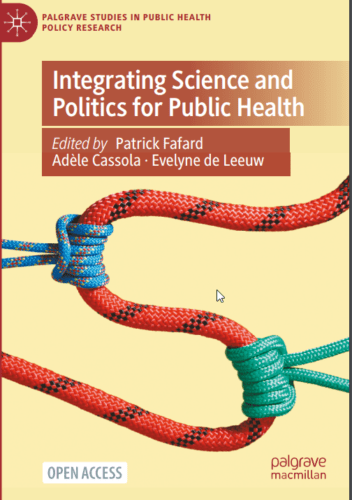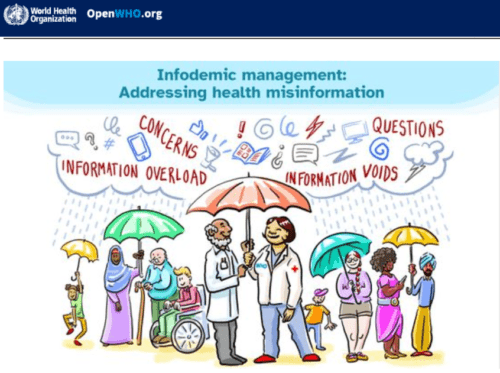Author: Prasantha De Silva
Upstream versus downstream in public health
Those who know public health know Prof. Irving Zola‘s “upstream vs downstream” parable. Irving Zola is a medical sociologist. His friend, John McKinlay, describes Zola’s parable in his 2019 article, “A case for re-focusing upstream: The political economy of illness”1. The “Upstream boat” sails through this upstream path. Following is the reproduction of the parable; ” I am standing by the shore of a swiftly flowing river, and I hear the cry of a drowning man. So, I jump into the river, put my arms around him, pull him to shore, and apply artificial respiration. When he begins to breathe,…
Nudge with the opt-out default option
Think of a situation where you are automatically enrolled for organ donation when you obtain your vehicle license; however, you have the option to “opt-out”. This is a classic “opt-out” default option. Here, you are being nudged for organ donation. Its counterpart option is “opt-in”. In that situation, the default is that you are not in the program; you have to ask for it to enter into the organ donation program. “The opt-out default option makes life easy.” This seemingly simple change in the “choice architecture” has made a huge impact on behaviour change without any cost for its implementation….
Related Articles
How to use nudge theory and heuristics for better decisions
Updated on March 12, 2023 The above image is a road safety nudge. The road arrows guide road users into two choices; either go straight or turn. We find those nudges all the time. The word, nudge, refers to “prodding (a gentle push) someone’s elbow to draw attention”. This post delves into nudging to understand heuristics and cognitive biases for better decision-making in the health sector. A brief history of the “nudge” theory The nudge theory’s roots date back to the early 1970s. That was when cognitive and social psychology research started to gain traction. It began with the influential…
Related Articles
Swiss Cheese Model for COVID-19
The Swiss Cheese Model for COVID-19 is an excellent mental tool to visualize COVID-19 prevention strategies at the system level, a bird’s eye view. First, about the Swiss Cheese Model. As emphasized by James Reason, the model’s creator, it invites us to view human errors as a consequence, not as a cause. According to this line of thinking, the error is not a moral problem but a system problem. I have discussed it in the above post. Swiss Cheese Model for COVID-19 We can apply the Swiss Cheese Model for COVID-19 to visualize and understand COVID-19 prevention strategies. Academics and…
Swiss Cheese Model to improve patient care
Updated on September 18, 2022 September 17 is the #patientsafetyday. This year’s theme is medication safety. WHO calls for urgent action for achieving medication without harm. Healthcare institutions employ the Swiss Cheese Model to prevent medication errors. This post discusses this model and its improved version: The hot cheese model. The Swiss Cheese Model and the Hot Cheese Model revolutionize the way we traditionally think of human error. In short, both models force us to move away from “blaming someone” for human error; instead, it pushes us to look at human error as a consequence, not as a cause. The…
The legendary journey of the Ottawa Charter
Above are the global conferences logos of the Ottawa Charter held in different cities since 1986. Since then, thirty years have passed. This post explores the Charter’s legendary 30-year-long journey travelling from city to city from Ottawa in 1986 to Shanghai in 2016. The Charter’s birth The Ottawa Charter‘s groundwork was laid in 1978 with the Declaration on Primary Health Care at Alma-Ata, Russia. What is health? The word, “health”, refers to complete physical, mental, and social well-being, not merely the absence of disease or infirmity as articulated in 1948. Writing an editorial to the Health Promotion International on behalf…
How social norms shape our behavior
You must have been in a library; you stay silent. That is a classic social norm example. Another common one is littering. As we all know social norms can either be socially desirable or socially undesirable. Every day we adhere to social norms that are an array of unwritten sets of rules we follow. In a way, these play a crucial role in the smooth functioning of a society. Once we deviate from it, we can expect negative consequences. Robert Cialdini deconstructs the concept further; he describes two types of social norms: Descriptive and injunctive. Descriptive (popular) social norms = What…
Do your part – stay apart; more relevant now
This message becomes more relevant now than before with the growing presence of the COVID 19 variants. The new variants are more transmissible; for example, the UK variant is said to be 56 percent more transmissible than the original COVID 19 virus. What does that mean? It means if the original one takes 20 days to double the number of us infected, this variant will do it within 10 days. Some epidemiologists predict the numbers can go up by more than 10 fold if the current lockdown restrictions are removed.
Face mask comparison
Germany mandated the wearing of surgical masks, commonly called N95 while traveling public transport and public places two days ago. Previously clinical studies have shown cloth masks’ efficacy varies from 30 percent to 80 percent. Last December, a German community-based comparative study found normal masks’ efficacy as 45 percent. The following image was taken from the CNN World website; it clearly compares the efficacy of cloth masks, surgical masks, and the N95 (respirator).
Related Articles
Is Covid 19 different from the influenza flu?
Even after a year, some are grappling with the same old question: Is Covid 19 different from the seasonal flu? How do we communicate the risk convincingly to this target audience? Obviously, we need to compare number of deaths due to Covid 19 with the number of deaths due to the seasonal flu. The Centre for Risk and Evidence Communication in the University of Cambridge has done exactly that. Look at the following graph; It compares the number of COVID 19 deaths with the deaths from influenza flu and several other common causes. As we can clearly see that the…




